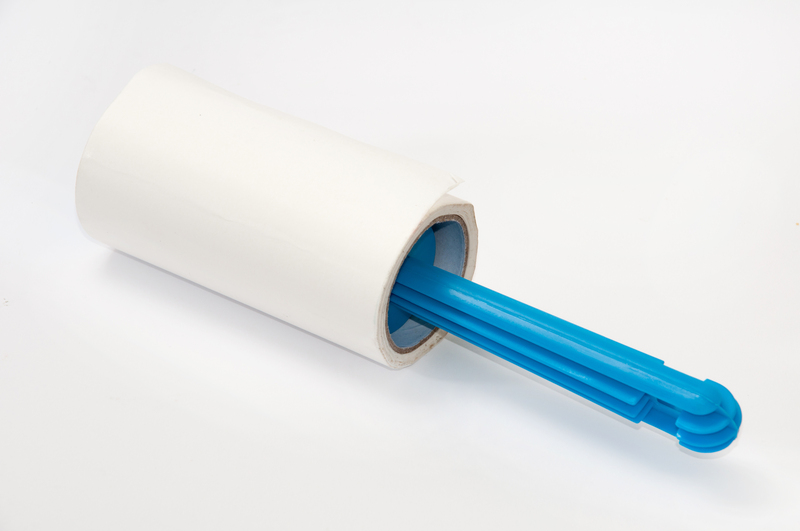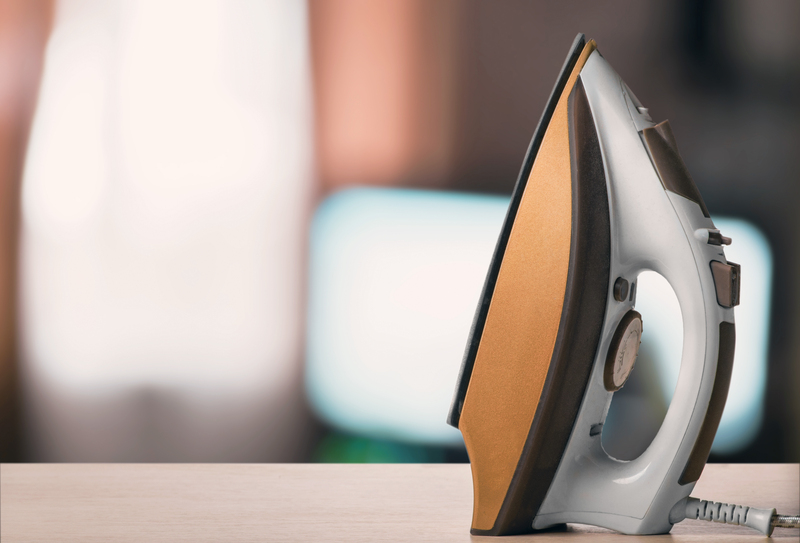Effective Wax Spill Removal Techniques
Posted on 27/09/2025
Effective Wax Spill Removal Techniques
Spilling wax is a common mishap, but that doesn't make it any less frustrating. Whether it's from candles, crayons, or beauty products, wax can be tough to remove from various surfaces. Fortunately, there are effective techniques to clean up wax spills without causing damage. This article will guide you through different methods, provide tips, and discuss the pros and cons of each approach.
Understanding the Type of Wax
Before diving into removal techniques, it's essential to know what type of wax you're dealing with. Paraffin wax, beeswax, and soy wax have different melting points and properties, which may affect the removal process. Identifying the wax type helps in choosing the most effective method for cleaning up the spill.

Step-by-Step Wax Removal Techniques
1. Freezing the Wax
Freezing is one of the simplest and most effective ways to remove wax from surfaces like fabric and carpet. Here's how to do it:
1. Place an ice pack or a plastic bag filled with ice cubes on the wax.
2. Leave it for about 15 minutes or until the wax hardens.
3. Gently scrape off the hardened wax using a dull knife or a plastic scraper.
Pros:
- Simple and easy.
- No special materials required.
Cons:
- May not work well on porous surfaces.
- Requires patience for larger spills.
2. Heating the Wax
Another popular method is using heat to lift the wax. This is particularly effective for removing wax from hard surfaces like wood or metal.
1. Place a paper towel or a brown paper bag over the wax spill.
2. Set your iron to a low heat setting (without steam).
3. Gently press the iron on top of the paper towel. The wax will melt and be absorbed by the paper.
Pros:
- Quick results.
- Effective on hard surfaces.
Cons:
- Risk of damaging delicate surfaces with heat.
- Requires caution to avoid burns.
3. Using a Hair Dryer
A hair dryer can be useful for wax spills on surfaces that could be damaged by an iron.
1. Set the hair dryer to a low or medium setting.
2. Aim the hot air at the wax until it starts to soften.
3. Once the wax softens, blot it with paper towels or a clean cloth.
Pros:
- Gentle on delicate surfaces.
- Easy to control.
Cons:
- Can be time-consuming.
- Less effective for large spills.
4. Cleaning Up Residual Wax
Once the bulk of the wax is removed, you might still have some residue left. Here's how to tackle it:
1. Mix a solution of equal parts vinegar and water.
2. Dip a cloth in the solution and gently rub the area.
3. For more stubborn residue, you can use a small amount of rubbing alcohol.
Additional Tips for Effective Wax Removal
- **Test First:** Always test any removal technique on a small, inconspicuous area to ensure it won't cause damage.
- **Be Gentle:** Avoid using sharp objects that could scratch or damage the surface.
- **Use Absorbent Materials:** Paper towels, brown paper bags, and clean cloths are your best friends when dealing with melted wax.
- **Act Quickly:** The longer the wax sits, the harder it becomes to remove, especially from fabrics and carpets.
Pros and Cons of Wax Removal Techniques
Pros
- **Freezing method**: Easy and cost-effective, requires no special equipment.
- **Heating method**: Quick and efficient, especially on hard surfaces.
- **Hair dryer method**: Gentle on delicate surfaces and easy to control.
Cons
- **Freezing method**: Time-consuming for larger spills and less effective on porous surfaces.
- **Heating method**: Risk of damaging delicate surfaces, potential burns from hot equipment.
- **Hair dryer method**: Can be slow and less effective on larger spills.

Key Takeaways
- Identifying the type of wax is crucial for selecting the most effective removal technique.
- Freezing, heating, and using a hair dryer are all viable methods for removing different types of wax spills.
- Always test removal techniques on an inconspicuous area to avoid potential damage.
- Acting quickly and using absorbent materials can make the cleanup process easier.
Conclusion
Removing wax spills can be challenging, but with the right techniques, it's entirely manageable. From freezing to heating, each method has its strengths and downsides. By understanding the type of wax and the surface it's on, you can choose the most appropriate removal technique. Remember to test any method in a small area first, and always handle heat sources with caution. With these tips and techniques, you'll be well-equipped to tackle any wax spill efficiently and effectively.





